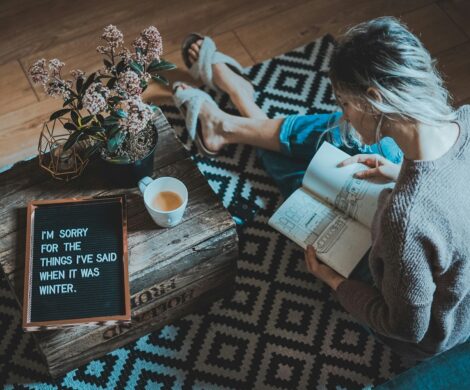4 Reasons to Use Window Film for Your Commercial Building

Window film also referred to as tint, is an optional additional layer for glass windows. The thin laminate film is made of a thermoplastic polymer resin, and you can see it everywhere around you but mostly on cars and boats. Less often, you will see it installed on the exterior or interior of building windows.
Today we’ll discuss why owners of commercial buildings should consider adding tint to glass areas. A specific architectural type of window film is made especially for facility use. We’ll go through a few details of its technical performance related to outdoor conditions and indoor benefits.
Image Source: Unsplash.com
Table of Contents
Improve your building’s exterior and add branding
One reason to use window film for your commercial building windows is that it allows you to improve your building’s exterior appearance. Improved aesthetics will attract passersby who can become your clients.
Instead of different-colored blinds and curtains on every window, people outside will see seamless transitions and stylish decor. As long as you regularly clean tinted windows, they will always leave a pleasant impression of a sleek and professional attitude on existing and future customers.
You can choose from hundreds of decorative options, including colors, textures, patterns, styles and designs. In addition, you can boost brand awareness while virtually spending no money. That’s, of course, if you plan to add window films anyway and decide to make a custom order with additional branding.
Improve safety and security at your property
Yet another efficient and beneficial use of window films is to improve the overall safety and security of the property. Although window film is not shatterproof as many claim it to be, it can be very useful when glass cracks, as it keeps the fragments together and allows you to remove the window safely without injuries.
Looking at another side of safety, it’s important to note the value that window tints can bring to the overall health of customers and employees working inside the building. As you might already know, except for the visible light the sun produces, it also gives out a less healthy light that we cannot see.
Ultraviolet (UV) light is extremely harmful to people, and prolonged exposure can lead to sunburn and painful blisters and permanent skin damage resulting in skin cancer. Adding quality film to the building’s windows is a practical solution to reduce health risks related to sun exposure.
It’s a sustainable solution that helps lower your electricity bills.
Typically, large commercial buildings wrapped with glass windows have significantly higher electricity expenses when compared to others. „Why is that?“ you may ask. Although eye-pleasing, windows have a negative impact on indoor temperatures as they are the leading cause of energy loss.
Windows are the primary cause of energy loss, resulting in over 50% in costs yearly. Put in simple terms – the more windows you have, the colder it will be in winter and the hotter it will be in summer, plus additional electricity costs.
Window tints may be the sustainable solution everybody’s looking for. Equipping all building glass windows with film helps reduce energy consumption by providing better indoor temperature control.
Put in other words, window film acts as a thermal shield, blocking the heat and sun rays from increasing the temperature in summer and keeping the heat generated by air-conditioning indoors during the winter. Therefore, you use less energy to reach optimal temperature levels, and your energy bills are significantly lower.
It helps preserve the interior furnishings of your building.
Everybody knows beautiful textile colors fade when exposed to harsh sunlight for long periods. But why exactly is that? Well, the main problem is UV rays. When combined with high heat levels, they are so powerful that they break chemical bonds causing colors to fade.
As mentioned above, window film prevents UV rays from penetrating the building through the window glass and heat from escalating. That’s how it helps preserve the interior furnishings in a facility for longer. Couches, carpets and other textiles will continue bringing color and life to your indoors.





